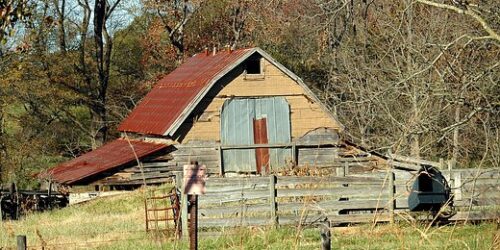Finding Your Ancestors Using Land and Property Records
Note: This article by James Tanner was published previously on the Genealogy’s Star blog site and is used with the author’s permission. For genealogical research, there are two main components of land and property records: maps and documents. Using both, when they are available, is a great benefit to research. This is especially true because often the documents, especially...









